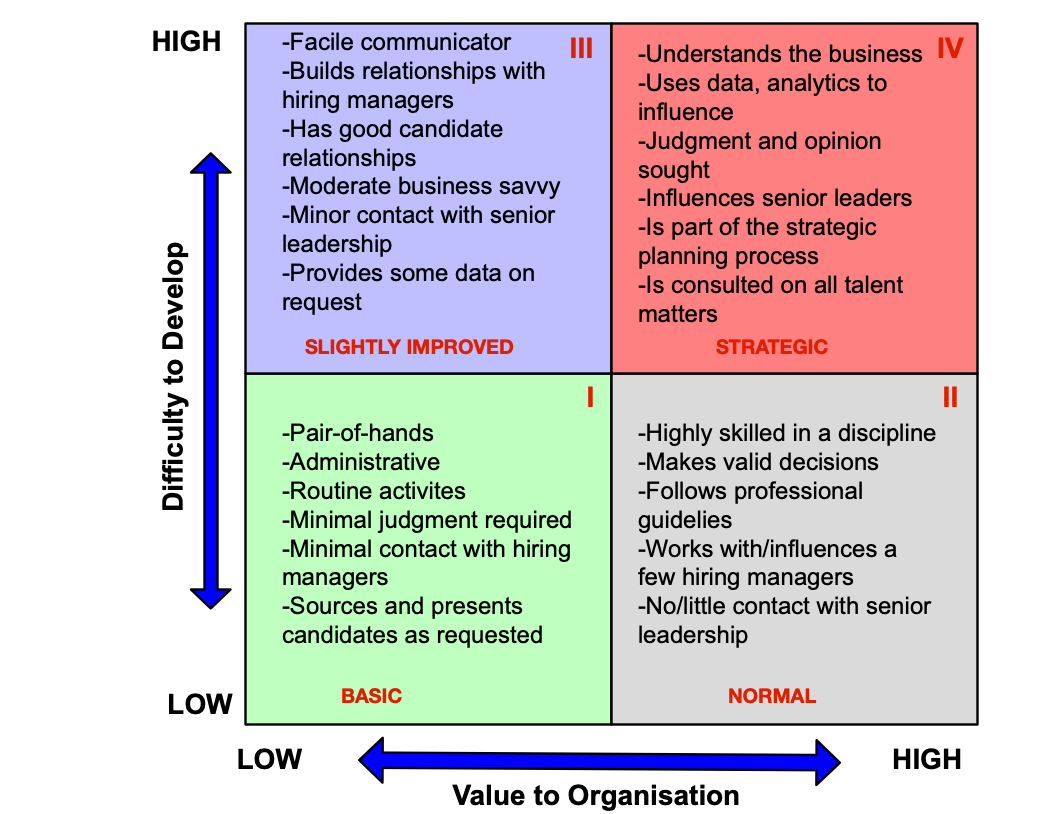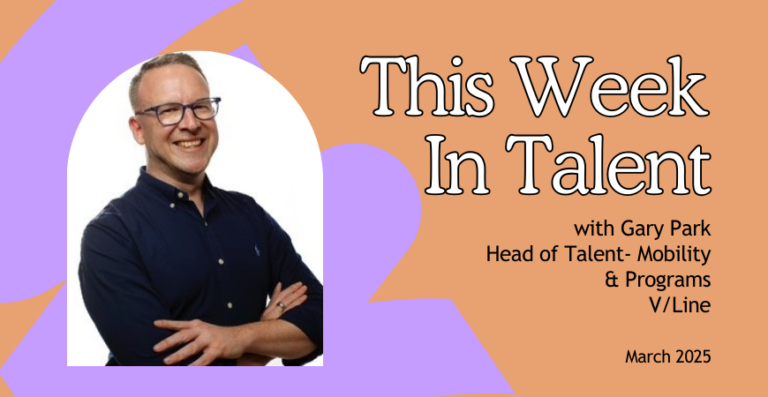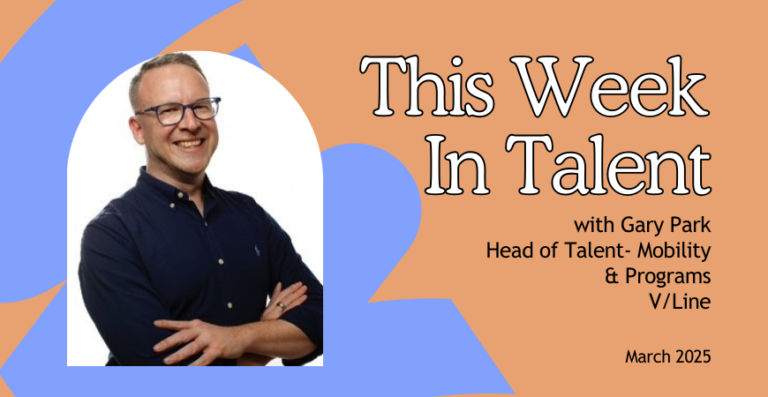Why have so many recruiting departments been wiped out during these recent layoffs over the past few weeks? Recruiters have been one of the hardest hit professions as firms discard them with what seems very little thought.
When I ask CEOs, COOs, or even heads of HR why recruiters were laid off so quickly, the responses I get are that recruiting is critical but not strategic. A firm can live without it for a while to save money without sacrificing the talent that is strategic and vital to survival.
And this makes me sad and angry because I believe that bringing the best talent to an organization should be at the heart of creating and sustaining a profitable firm. But I also get mad at recruiters and recruiting leaders for not working harder to build credibility and gain influence over the thinking that permeates senior leadership.
As long as recruiters act primarily as a pair of hands, they will be disrespected and suffer layoffs, as we have just seen. By being a pair of hands, I mean when they take requisitions and go and find people to fill them with only a minimum of conversation with the hiring manager. In some cases, none at all. In the cases where they do talk to the hiring managers, it is usually about what specs they want the candidates to have, with no discussion about the labor market, the availability of that kind of talent, or whether a temporary worker or a contractor might be a better choice for the role.
Some recruiters do develop relationships with a few hiring managers and may be able to engage in meaningful conversation about the role the manager needs to be filled and the skills required, and also offer opinions and pushback occasionally. But often, time or workloads or lack of credibility cut this short. Then the recruiter reverts to just filling an order.
To be highly regarded and less likely to be laid off, recruiting leaders need to act more aggressively and offer the company strategic options for managing talent. I would prefer that the term recruiting be abolished and replaced by something like “strategic talent integration and development.”
The grid below shows the various potential levels that recruiting functions fall into. Most functions are in quadrant 1 or 2 at best. Virtually none are in quadrant IV.

What Should Recruitment Be?
There are four primary areas where recruiting leaders should focus. These are not new concepts, but it seems that most recruiting leaders cannot influence management to adopt them.
- Integration of talent planning with business planning so that business needs can be translated into needed skills and abilities and an understanding of available skills can be included in the business plan.
- Development of a system-level focus on identifying key positions and integrating employee development, internal mobility, succession planning, and recruiting.
- Embrace the total talent ecosystem.
- Using scenario planning and dynamic modelling to help focus activity and justify investments in various approaches.
Step 1: Integrating Talent Planning with Business Planning
Business planning is becoming talent planning. Any business decision today must factor in skilled talent’s availability to execute the plan. As we stated above, believing that the people you need are available and willing to be employed is an unsafe assumption. Business planning and analytical tools should be applied to the people side of the business to identify skills, find people who have the needed skills, and conduct experiments to determine the minimum set of skills necessary to accomplish a job instead of going for the maximum set of skills as is common today.
Step 2: Systems Integration Approach
In a market where specific skills may not exist or are very scarce, recruiting cannot be relied on as a sole supplier. In many cases, finding the skills needed internally may be possible, or it may make more sense economically to develop internal or external people to meet those needs.
By making workforce planning the highest-level activity and integrating employee development, internal mobility, recruiting, retention activities, and succession planning with it, organizations can begin to acquire above-average talent.
Removing talent supply from being the sole responsibility of recruiting to a broader set of functions allows more comprehensive thinking about people.
Whenever talent needs are identified today, most organizations go immediately into hiring mode. There may be a cursory look for an internal candidate, but it is unlikely that one would be found. A hiring manager opens a requisition for an external person. After several weeks and numerous interviews, someone is hired. Then there is a wait for them to start, a learning period before they are productive, and a high probability that they are not a good hire and will leave or be terminated.
Imagine instead that rather than immediately opening a requisition, a hiring manager, along with a talent manager, go through a process of looking at internal talent, modeling the costs and time involved in training someone for the position, predicting the available supply, time to recruit, and the time it takes to train them. They would then decide on an employment model: regular employee, part-time, or contractor to see which offers the highest benefit and the lowest risk and cost.
This requires an integrated function with data about internal and external data about talent and a desire to find the fastest, highest quality employment model to achieve the business goal.
Step 3: Embracing the New Gig Economy
The world has changed and restricting recruitment to the permanent workforce will be increasingly difficult. Some of the best talent will remain in the gig workforce. The best way to view the workforce today is to see it as an ecosystem made up of the skills and knowledge found within teams of permanent and gig workers, contractors, part-time and full-time workers, customers, service providers, strategic partners, and remote workers partnered with automated tools, augmented with artificial intelligence.
Surveys I have seen recently show that recruiters are still primarily focused on hiring permanent, external talent. They are not looking at the internal talent or the non-traditional workforce. This is most likely because hiring managers are traditionalists who only consider hiring externally and permanently. But what is more serious is that this underlines how little respect or influencer recruiters have.
The future will require us to embrace a far more diverse workforce.
Step 4: Scenario Planning and Dynamic Modeling
Although scenario planning has been around since the 1960s, HR has recently adopted it to look at potential talent-demand situations.
Scenario planning, sometimes simplistically referred to as what-if planning, looks at various economic and business trends and other factors that have been identified as possibly impacting the supply of talent. Using different sets of factors, scenario planners develop recommended responses to meet the supply challenge.
By including some of the available mathematical modeling tools in this process, a talent manager could project, for example, the benefits of training over hiring or of the value of one source of candidates over another based on turnover and time to productivity.
Talent planning will become a critical function within the human resources area. It will greatly enhance the ability of the organization to have the talent it needs available when and where it is required. Recruiting is vital to that success, but it cannot stand isolated and alone as it does now.
What all of this means is that recruiting can no longer be a stand-alone function. It must be integrated into a strategic talent leadership function with a broader charter and perhaps entirely differently skilled leadership.
This article originally appeared in the Future of Talent newsletter and has been re-published here with permission.







